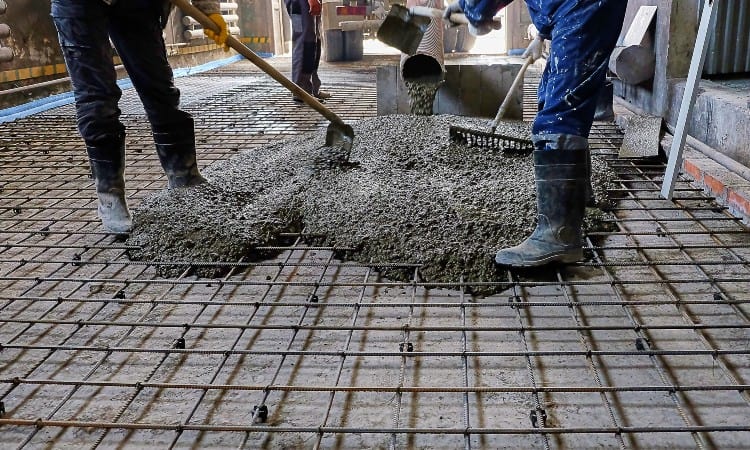A concrete slab can significantly increase the value of any home while also offering plenty of living space and offering an excellent return on investment.
Base materials must be thoroughly compacted to provide even support for your slab. I like using granular materials like sand or gravel – an approach which provides maximum compaction and uniform support.
What is a Slab?
A concrete slabs Melbourne serves as the foundation of any building. It supports its walls, beams and columns while bearing their loads.
While concrete may last a lifetime, it may also crack or fail due to environmental conditions and poor craftsmanship. Cracking of your concrete will depend on its use, location and maintenance practices – such as how long ago it was installed or when.
Maintaining optimal mix water levels is crucial to ensuring design strength is reached while shrinkage is minimized. Excess concrete water that rises to the surface, known as “bleed water”, should never be allowed to disturb or work into the finished surface of your slab – otherwise you risk surface defects like crazing, weak chalky surface dusting (dusting), blisters, de-lamination and de-lamination occurring. Therefore, it’s crucial that concrete surfaces be appropriately prepared prior to application of an evaporation retarder in order to slow its surface set.
What is a One-Way Slab?
One-way slabs are reinforced concrete slabs designed to carry loads predominantly in one direction. These types of structures are commonly employed when spans are very long and two-way slabs cannot be accommodated due to additional steel requirements. Main reinforcement bars should be aligned parallel with shorter sides in order to reduce shear force and bending moment effects.
A concrete slab acts primarily as a flexural member and should be designed accordingly. When constructed, slabs can be set on monolithic or precast units, masonry walls, structural steel beams or columns for support. There are various types of slabs including in situ solid slabs, waffle slabs and ribbed slabs. Continuous members exist when the length l and width b of a slab are equal and require four supports each direction in order to transfer load, with minimum depth h determined by deflection criteria.
What is a Two-Way Slab?
Two-way concrete slabs are reinforced concrete surfaces designed to transfer loads in both directions, and are commonly found in multi-story buildings. They consist of flat areas supported by columns on either side. Sometimes known as beamless slabs due to how their columns support weight instead of main column beams, two-way slabs offer flexibility when it comes to supporting loads in both directions.
One way and two-way slabs differ by virtue of the direction of their bending moment; in one-way slabs it occurs only in one span direction while two-way slabs have it both directions.
To identify whether a slab is one-way or two-way, the ratio between longer spans and short spans is used as an indicator. If this ratio falls under 2, then it is considered one-way while any ratio greater than 2 indicates two-way characteristics of the slab in question. It is essential that you understand these distinctions so you can select an ideal material for your project.
What is a Slab-on-Ground?
A slab-on-ground foundation is a form of concrete construction that does not use beams to transfer loads. While conventional slabs use support structures with one or two sides for transferring load in one direction, waffle pod slabs use expanded polystyrene foam pods as void formers to form maze-like patterns of beams creating mazelike designs in between them.
Contrary to monolithic concrete beams, slabs cannot be reinforced from within and become vulnerable to cracking due to thermal expansion and contraction due to higher surface temperatures during construction. This makes cracking likely.
The easiest way to prevent this from occurring is by placing concrete on an appropriate base – typically comprised of coarse, clean sandy soil compactable by mechanical rollers or compaction mats – and testing its minimum bearing pressure and moisture content levels.
